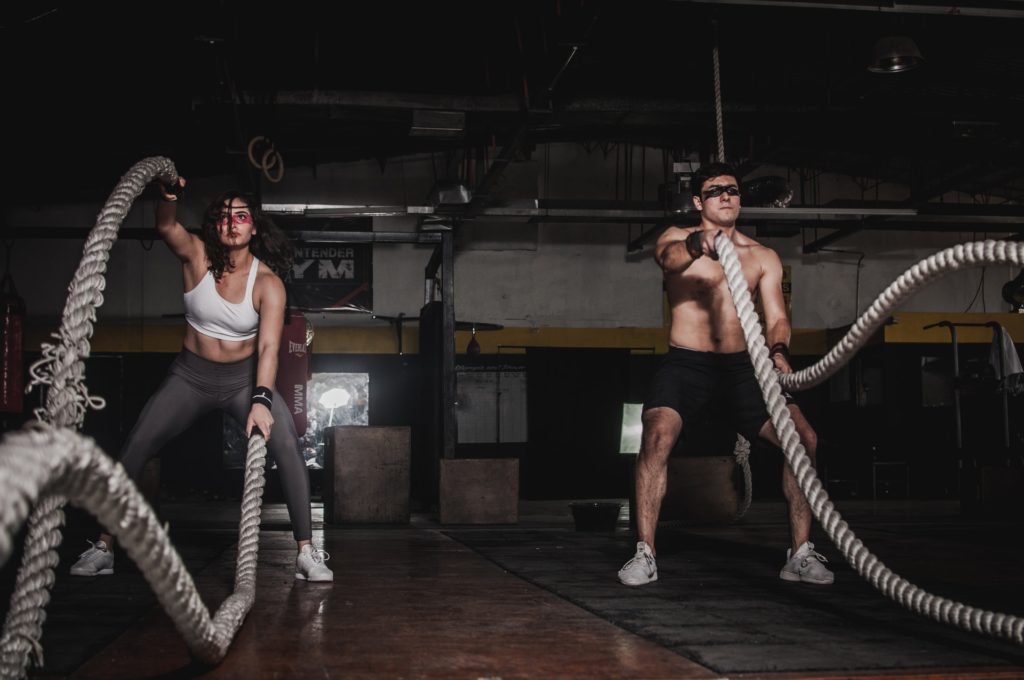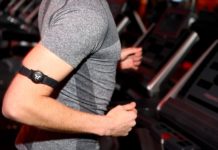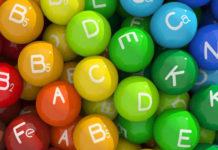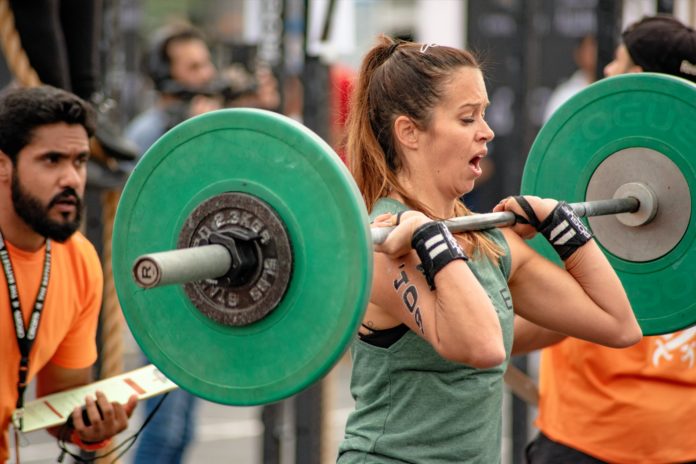Keeping a good form while exercising can be a little tricky. When we first start working out even though we might keep our minds on form as we get tired or distracted our form starts to corrupt. When we count repetitions, we want to reach our desired goal therefore we sacrifice form for the sole purpose of reaching the number of repetitions that we had set up in our minds. The correct form encompasses a number of different key factors.

The number one and very first step to proper form is the correct stance before we start the exercise because it takes the complete body to effectively workout one muscle as well as it takes one tiny deviation in your stands while performing an exercise to actually to start a downward spiral towards future injury. Keep it in mind that injuries obtain while working out are very often injuries that show up several months later due to the constant damage to certain muscles, joins, ligaments, nerves, and tendons that suffer little strains or tears and eventually turn to full irreparable damage.
Once the correct stance Is accomplished the next step would be to have the correct grip as to not damage nerves, ligaments and tendons that run from our hands through our elbows and up to our shoulders or behind our biceps. The best type of grip to use to avoid damage as well as cheating in an exercise is often referred to as the “monkey grip.” The “monkey grip” Is a grip that puts your thumb on the same side ask your fingers while grasping the weights.
This allows for the release of the ulnar nerve, that runs behind your elbow and down your arm, the median nerve that passes through a small tunnel between your wrist and ligaments helping you bend your wrist fingers and thumbs, and the radial nerve that runs down the back of your upper arm.
Now that your stands and your grip is correct the next step is to make sure that you concentrate on the exercise you will be doing and tune out any interferences or distractions, such as televisions, people talking to you, spacing out, etc.
Once that is accomplished now you need to focus on the actual muscle that you are working with making sure that each repetition activates that muscle. The complete set on a particular exercise should be done until the exercise can be done without sacrificing form regardless of the number of repetitions.
The next step would be one that is often completely disregarded my most people that workout, and that is velocity. Velocity is important because of the hidden damage that it very often produces.
Weight in motion weighs 14 to 17 times its size, so therefore if you are working out with a 10 pound weight and increase the velocity of the repetition as you release pressure you would be putting on 170 pounds of pressure under ligaments tendons and joints of that particular part of the body. Such pressure will eventually lead to heavy injury.
©Copyright – Hector Sectzer

















